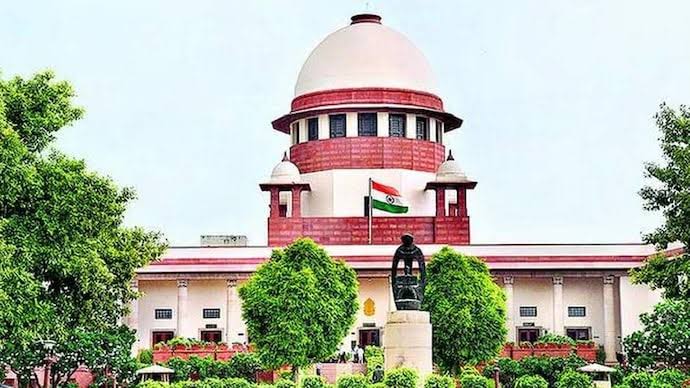In a landmark ruling on Thursday, the Supreme Court gave its nod to the sub-classification within Scheduled Caste (SC) and Scheduled Tribe (ST) categories, allowing for a more nuanced allocation of reservation benefits in jobs and education.
It held that the principles of social equality would entitle the State to provide preferential treatment to the most backward classes among the scheduled castes.
This decision aims to address the disparities within these historically marginalised communities by ensuring that the most disadvantaged groups receive a fair share of the benefits.
The landmark verdict was passed by the bench led by Chief Justice of India DY Chandrachud by a 6:1 majority, with Justice Bela Trivedi dissenting. Six separate judgments were written. The verdict overrules the 2004 judgment of a five-judge Constitution bench in the case of EV Chinnaiah vs State of Andhra Pradesh.
“Historical, and empirical evidence suggests that scheduled castes are not a homogeneous class,” the CJI said while reading out the judgement.
The majority verdict said the basis of sub-classification has to be justified by “quantifiable and demonstrable data by the states, which cannot act on its whims”. The CJI wrote for himself and Justice Misra. Four judges wrote concurring judgments while Justice Trivedi dissented.
The Supreme Court was reviewing the constitutional validity of Section 4(5) of the Punjab Act, which depends on whether sub-classifications can be made within the Scheduled Castes or Tribes or if they should be treated as homogenous groups.
The ruling means that within the 15% reservation for SCs, castes that are deemed more disadvantaged would be given more weightage than others. For example, in 2006 P Punjab provided a 50% quota and first preference to Valmikis and Mazhabi Sikhs in public jobs within the quota meant for the SCs.
During the hearings, the top court explored the question of whether the children of more advantaged groups within the SC/ST communities should continue to avail of reservations. The court also examined the notion of homogeneity within these classes. The Union government submitted that it was in favour of the sub-classifications among SCs and STs.

